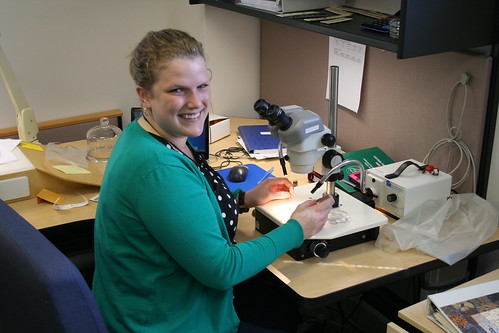
Cover crops are the real heroes in the world of agriculture. Their job starts after a field is harvested and ends just before the next season’s crop is planted. Expectations for cover crops are high because if they don’t produce, the next crop may suffer.
After crops are harvested each year, planting fields are left bare. Runoff from rainwater, wind, and other forms of erosion devastate planting fields by stripping essential nutrients from the soil – nutrients needed for the next growing season. In addition to the loss of vital nutrients, the exposed fields are prime real estate for noxious-weed seeds intent on stealing what is left of the field’s nutrients. Replacing the lost nutrients and removing the weedy invaders costs millions of dollars each year for farmers.
Fortunately, cover crops are here to help. In addition to preventing helpful nutrients from leaving the soil, cover crops also suppress weeds, fix nitrogen, reduce surface crusting, and even disrupt pest cycles. In fact, planting cover crops is a popular and reliable alternative to fertilizer and herbicides. There are several plant species used as cover crops depending on the season and location. Some commonly used species are barley, sudan grass, buckwheat, forage radish, and wheat.
When selecting the seed to grow these cover crops, not just any seed will do. Testing from an industry recognized seed testing laboratory is the best way for farmers to know that they are buying quality seed. USDA’s Agricultural Marketing Service (AMS) Seed Regulatory and Testing Division is one of the many quality seed testing laboratories in the United States. Our team provides purity examinations, noxious weed-seed identifications as well as germination and genetic testing on cover crops.
Sometimes, the type of seed used as cover crops are not held up to the same standards as seed used for harvest, but they are just as important. If seed spread into a field for cover crops contains a high amount of noxious weed-seed, the final outcome can be detrimental to the field and the farmer. This is why buying seed that has been tested for quality is so important. Seed testing will show the amount of noxious weed-seeds as well as other quality characteristics that affect how the seeds will grow in the field.
Wheat is commonly used as a cover crop because it recycles important nutrients in the soil. An example of a noxious weed seed found in wheat is curly dock, which is poisonous to livestock, takes up valuable water, and steals nutrients from the soil. Due to curly dock and hundreds of other noxious weed seeds like it, seed buyers request that AMS botanists and other certified and registered analysts examine their lots to find and quantify these noxious weed-seed contaminants.
Testing can provide the vital information needed when deciding what cover crop seed to purchase. The best is needed when performing the heroic job of a cover crop. The AMS Seed Regulatory and Testing Division can help you pick a winner.
